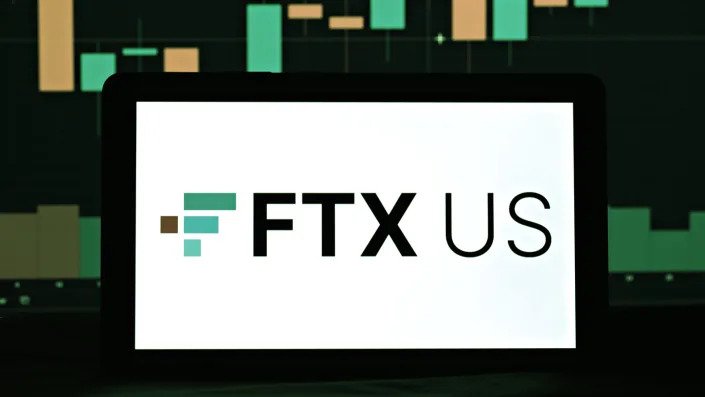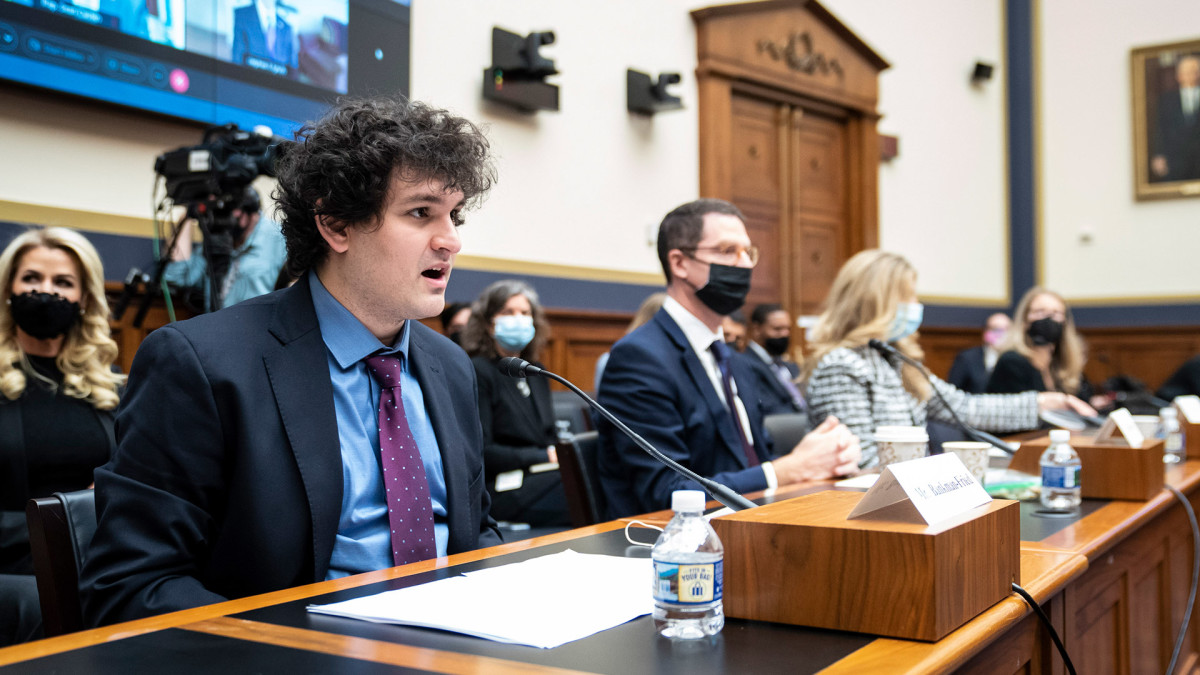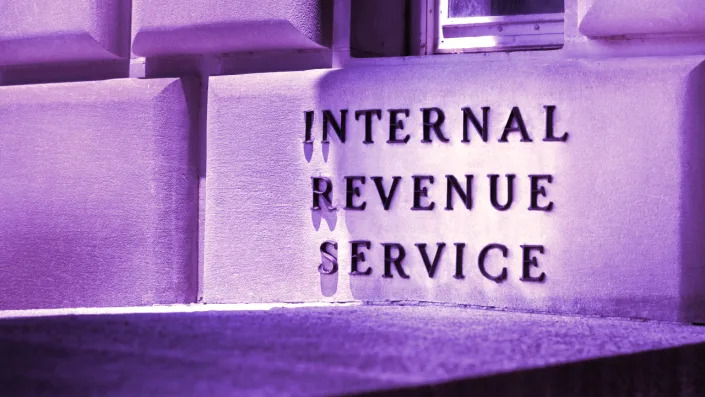How long can govt hide behind ‘all is well on X’ mantra?
KARACHI: After being grilled by the courts over the unannounced curbs on social media platform X (formerly Twitter), government institutions seem to have adopted a fresh tactic: pretending as if nothing has happened.
“They’re taking us to be fools… The ban is not only unconstitutional and illegal, but it’s also shrouded in mystery,” says Abdul Moiz Jaferii, one of the petitioners challenging the disruption before the Sindh High Court, which is scheduled to be taken up by the court again today (Wednesday).
Recalling a recent hearing of his petition, Mr Jaferii related how an official from the Pakistan Telecommunication Authority (PTA) tried to mislead the court by opening X on his phone and pretending as if everything was working normally.
“This seems to be their new strategy: pretend nothing is happening. They manipulate courts into believing there was never a loss of freedoms, branding it as mass paranoia.”
But when the judge in question, SHC Chief Justice Aqeel Ahmed Abbasi, asked the petitioners whether the PTA claim was accurate, they informed the court that the official was doubtlessly using a Virtual Private Network (VPN) to access the website, which remained inaccessible to the public at large.
Work of content creators, fact-checkers suffering due to unannounced curbs on social media platforms
‘Gaslighting the public’
“The majority of Pakistan sees it as obfuscation and gaslighting by the government. And the majority of Pakistan has had enough,” Mr Jaferii notes.
It has now been over a month since X was restricted in various parts of Pakistan. This unofficial ban followed accusations by former Rawalpindi commissioner Liaquat Chattha against the chief election commissioner and chief justice, alleging their involvement in rigging the February 8 general elections.
Even the newly elected government has distanced itself from any responsibility, with newly-minted Information Minister Atta Tarar acknowledging that the social media website was indeed blocked but without any official notification.
When approached for a comment, the PTA asked DawnNewsEnglish to direct questions regarding X to the interior ministry. When pressed further, they attributed the instructions to the government.
But digital rights activists do not buy this argument. “Only the PTA has the legal authority to block websites under Section 37 of the Prevention of Electronic Crimes Act,” insisted digital rights activist Farieha Aziz. “Any suggestion otherwise is legally incorrect.”
“The law clearly requires any curtailment of access to online content to be bound between very limited lines,” explains Mr Jaferii. “It needs to be something that affects the integrity of the state, something that attacks Islam and its glory, something that can cause riots and unrest.”
Beyond that, he added, there isn’t “any legal situation where the regulator can affect such a ban.”
Existing laws, such as Section 37 of the Prevention of Electronic Crimes Act, also outline due process for censorship. “They [PTA] have to send a notice to a website,” says Usama Khilji, another lawyer and digital rights activist. “There has to be an option of appeal, there has to be an explanation, and there has to be a public notice, but none of that is being implemented.”
In the case of X, there has been no notification from PTA or formal communication from the government.
This is obviously taking a toll on those who use social media for professional purposes.
Creators, journalists ‘at receiving end’
A 2023 report by the Overseas Investors Chamber of Commerce and Industry estimated that digital transformation could add a staggering $60 billion to Pakistan’s economy in the next seven to eight years.
“Social media apps are critical to many people’s employment and their jobs, especially content creators who depend on these platforms to produce and publish content,” says Sabah Bano Malik, a content creator.
She notes that when these apps are repeatedly taken down, it disrupts consistency for both the audience and the content creators. “It breaks the rhythm of posting and engagement, making it challenging for creators to maintain their audience’s interest and engagement,” she added.
“This inconsistency also affects content creators’ relationships with brands, impacting their ability to meet deadlines and deliver results.”
Another segment being affected is journalists. According to Amber Rahim Shamsi, who heads the IBA’s Centre for Excellence in Journalism and is one of the petitioners in the case before the Sindh High Court, the ban is actually interfering with the work of independent fact-checkers.
When you are fact-checking, one criteria to monitor is virality, says Ms Shamsi. Twitter being the most public domain — as opposed to Whatsapp, which is more of a private medium — it offers a good platform to track the spread of mis/disinformation across a social network, she says.
This can’t be done through VPN, she says, as they work erratically. Additionally, tracking mis/disinformation online involves comparing the spread of a particular piece of information across multiple platforms, such as Facebook, Instagram and, of course, X.
Therefore, the unannounced ban makes it harder to track and map the spread of misinformation, she says, essentially handicapping fact-checkers and allowing inaccurate information to proliferate in the absence of any independent checks and balances.
Nadir Guramani in Islamabad also contributed to this report; watch the full video on the DawnNews English YouTube channel
Published in Dawn, March 20th, 2024

ISLAMABAD: Pakistan Tehreek-i-Insaf (PTI) has fully endorsed Amnesty International’s demand for the immediate restoration of social media platform X, stating that Pakistan has become a laughing stock in the international community due to the unjustified blockage of social media and the chain of oppression against its own citizens.
A party spokesperson said that the government’s unjustified closure of the internet, especially social media websites on a daily basis, to conceal facts regarding the “mandate theft” in the general elections, has provided opportunities for the world to ridicule Pakistan.
According to the party’s media wing, he alleged that the Constitution was virtually suspended during the past 23 months and basic constitutional rights were openly being trampled upon.
“It is shameful that X has remained blocked in the country for over one month now. We fully endorse 28 civil society organisations’ demand for immediate removal of ban on the social media platform, allowing free flow of information as should be the case in a democratic country,” said the PTI spokesperson.
He went on to say that the murder of freedom of expression and the press had been the topmost priority of the “usurper and anti-constitutional” group.
He stated that all kinds of coercive and brutal tactics, ranging from enforced disappearances to blackmailing their families, had been used to target impartial journalists and social media workers.
He lamented that efforts were afoot to strangle the freedom of expression and the press to suppress critical, sane voices to establish control over the media.
The PTI spokesperson stated that the government of the “people-rejected” PDM-2 continued the series of violations of all fundamental and constitutional rights without any fear of accountability.
He made it clear that the closure of social networking websites by the authorities without any reason and justification was a violation of Article 19 of the Constitution and international laws. He said that PTI supported the statement of Amnesty International and demanded immediate restoration of social media platform ‘X’.
Published in Dawn, March 19th, 2024






